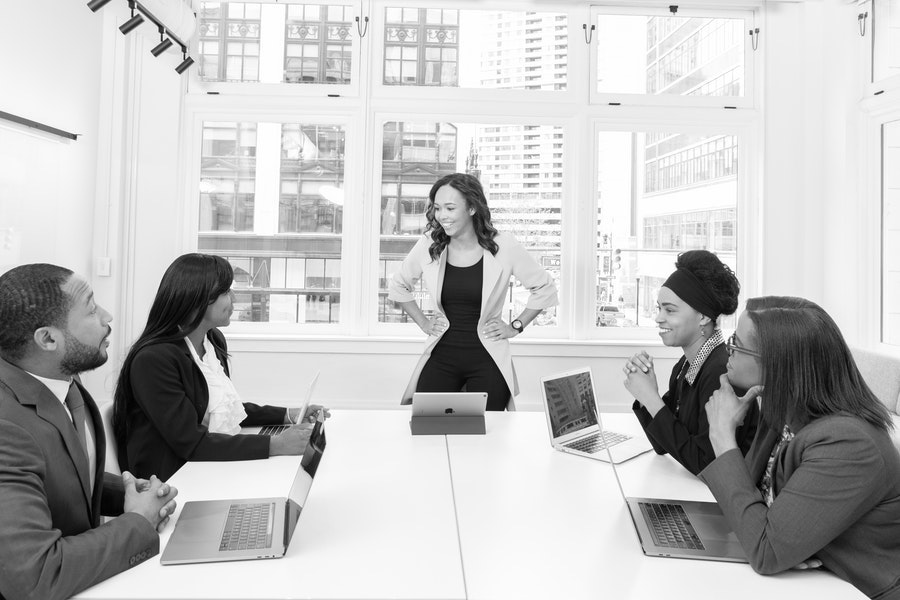The best can come out of the worst – if we work (in our office) at it!
As an architect I need to be an optimist – it is part of my survival kit. That does not make me unaware of the bad – but it does make me look for the good (I am ever mindful of Proust’s aphorism ‘the best is the enemy of the good’!). So despite my optimistic outlook I am very aware that beyond the current tragic death count, many impacts of the pandemic lockdown, such as a lack of education for state school pupils and delayed treatment for seriously ill ‘other’ patients, will impact long into the future.
We also need to reflect on the work life rebalance. Can we all manage to continue to read books, bake, walk (and talk even!) in the post-pandemic world? Looking ahead, we need to target the best to achieve the good. So, as we crawl towards a new, as yet undefined normal, we need both to address the collateral damage and to summon the good out of this previously unimaginable global pandemic.
For the state education and health sector, that involves investment in appropriate information technology, and in staff training and numbers. Much as governments, and my profession, like building new, I believe that as we look to a low-carbon future we need to work much more with the stock we have – and focus our collective intelligence on reprogramming, repurposing and reinventing.
We go to a place called work to escape from a place called home, and vice versa. Not least because by escaping from one to the other we can change our mindset
This goes beyond the site of the school, university, GP surgery and hospital. We need to look at the adjacent amenities. Not just the parks and sports fields – in which we must also invest. But at the high street. If there is empty stock, let’s take advantage of the slackening-off of what I call the ‘useless use classes’ and utilise it to create a connected community, a campus-like infrastructure. An infrastructure of learning, from nursery through to adult education; of healthcare, reinforcing the success of local health care provision (the vaccine centres being an excellent example) to reduce pressure on the new hospital programme; and on the previously untapped potential of sports as mental health coach – as so many have realised in their lockdown perambulations and cycles that the whole world is a free outdoor gym!
Of course we need infrastructure and investment in public transport, but the wellness initiative if continued apace can change the commute from a slog to essential exercise of mind and body. This all calls for an imaginative reprogramming of what we have rather than a rush to build anew. And when we do build, we do it really well, cognizant of that half-century-old mantra of ‘long life, loose fit, low energy’.
Time is another gift that the pandemic has both given and taken away. The benefit of regaining time lost to the commute has quickly been swallowed up by Lockdown Three and the inefficient and lonely drain of the stilted conversations in ever more Teams and Zoom meetings. Meetings that run in parallel with a world of ever more emails, texts, WhatApps and missed phone calls have sucked the delightful idea of anticipating a daily escape to home out of our (too often uninterrupted) working life.
In Lockdowns One and Two journalists – generally a freelance and lonely bunch – endlessly reflected on the death of the office, seeking support for their cause from the CEOs of banks who suggested that they might shave a few millions off their costs to boost their bottom line by losing a few tens of thousands of square feet here and there. It was a not quite new doom-laden critique that had its antecedents in the pre-Brexit end-of-the-world-for-London articles. Lockdown Three has dampened whatever enthusiasm there once was for that view.
As a one-time partner, then a part-owner of a limited company and now a director of an employee ownership trust (same business changing structure), I am absolutely convinced of the need for us all to escape home and meet with colleagues in another place called the office. The office is a place endlessly being reclothed in bad fashion by those running out of names (from workplace to village green) and ideas for somewhere that is actually familiar. All that noise should not detract from the import of that place. We go to a place called work to escape from a place called home, and vice versa. Not least because by escaping from one to the other we can change our mindset – and recuperate from the travails of the other.
Covid has proven that the office, like the city, remains a vital place – the physical manifestation of any organisation’s creative cluster of activities
And the escape to the office – where we engage in creative design processes, both informal and formal, planned and coincidental – remains as essential to our success as it always has been. We need a workplace just as children and teachers need a school (and the high street). Home-working, like home-schooling, suits and is appropriate for the few, not the many. Most of us need to socialise in the life of the city. And work is part of that life. That is why in our post-internet, post-pandemic world, despite extravagant claims to the contrary, most of us do not choose to live in a rural idyll – though we might enjoy escaping to one (preferably one maintained by others!). Escape is the key and constant word.
So looking ahead we must make sure that we support, develop and continue to exploit the best of the outcomes of the pandemic. Most notably the accelerated adoption of processes, technologies and evolving social customs that have the potential to allow us all to establish a better work-life (and commute!) balance. We can and must design a future where we can do what we need to do in a way that better suits the very different needs of the many different lifestyles of all the members of all our teams.
The pandemic has suggested we need to keep evolving the brief for collective domestic living and challenging residential space standards. Covid has proven that the office, like the city, remains a vital place – the physical manifestation of any organisation’s creative cluster of activities. As long as we deliver great working environments – volume, space, light, air greenery and generous shared spaces of character and identity (the office is the micro mirror of the city) – then people will come to work. Covid has simply challenged us to accelerate best design practice in the delivery of an ever more attractive working environment. Only those who have valued quantity over quality, area above volume, mechanics over light and air need to worry. To me it is very clear: the office is dead. Long live the office!







